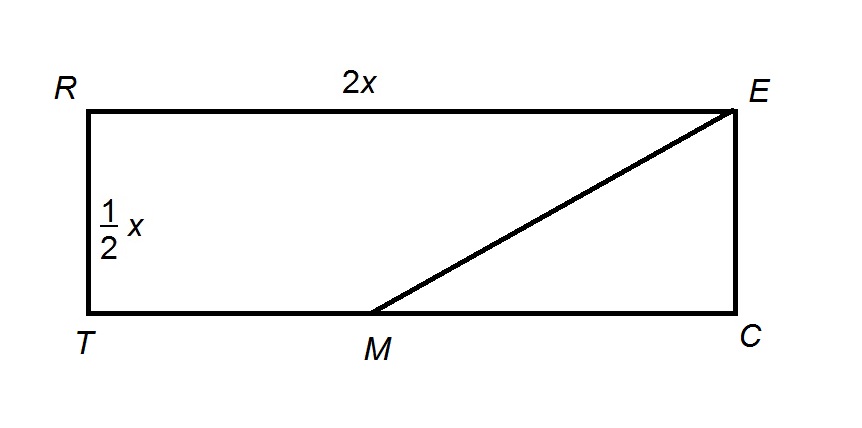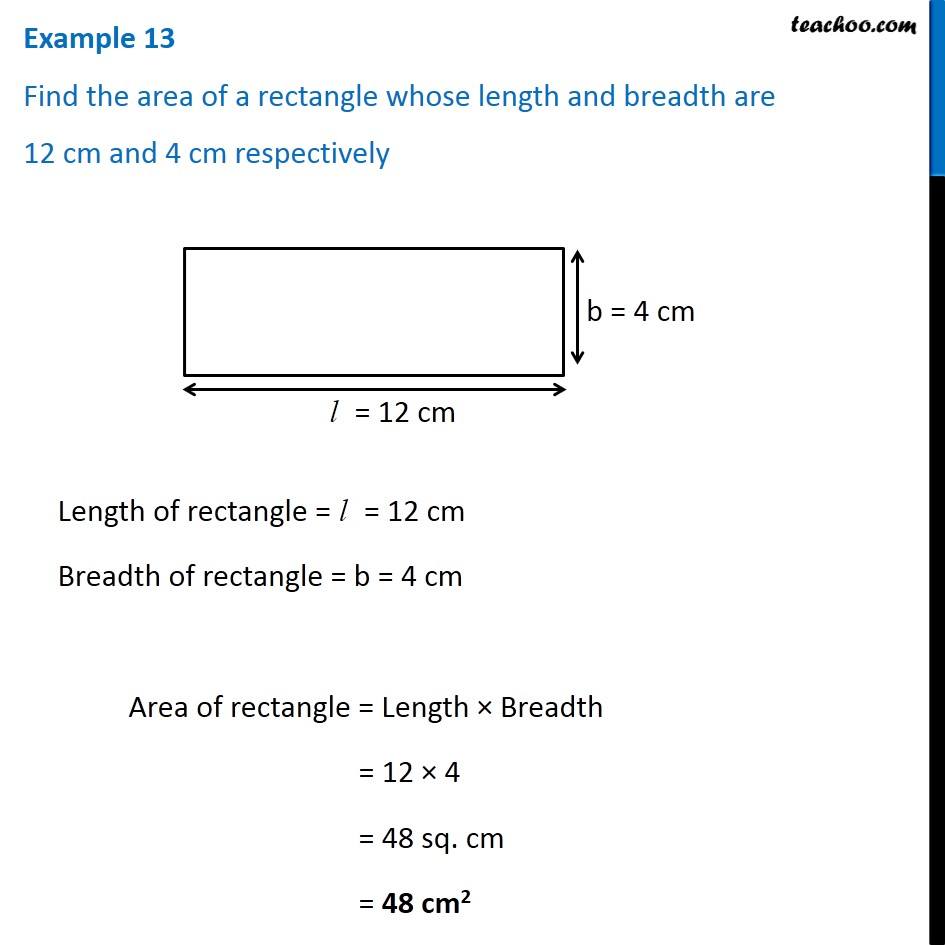

If one of the bases (say 'a'), height, and area are given, then we will just substitute these values in the above formula and solve it for the missing base (a) as follows:Ī = (2A/h) - b How to Find the Height of a Trapezoid With the Area and Bases? We know that the area of a trapezoid whose bases are 'a' and 'b' and whose height is 'h' is A = ½ (a + b) h. How to Find the Missing Base of a Trapezoid if you Know the Area? For more information, you can refer to How to Derive Area of Trapezoid Formula? section of this page. By applying the area of a triangle formula, the area of the trapezoid (or triangle) = ½ (a + b) h. Then the triangle obtained has the base (a + b) and height h. We can cut a triangular-shaped portion from the trapezoid and attach it at the bottom so that the entire trapezoid is rearranged as a triangle. Consider a trapezoid of bases 'a' and 'b', and height 'h'. The formula for the area of a trapezoid can be proved easily. Why is the Area of a Trapezoid ½ (a + b) h? The area of a trapezoid is found using the formula, A = ½ (a + b) h, where 'a' and 'b' are the bases (parallel sides) and 'h' is the height (the perpendicular distance between the bases) of the trapezoid. It is represented in terms of square units. The area of a trapezoid is calculated with the help of the formula, Area of trapezoid = ½ (a + b) h, where 'a' and 'b' are the bases (parallel sides) and 'h' is the perpendicular height. We know that a trapezoid is a four-sided quadrilateral in which one pair of opposite sides are parallel. The area of a trapezoid is the number of unit squares that can fit into it. Our expert tutors conduct 2 or more live classes per week, at a pace that matches the child's learning needs.įAQs on Area of Trapezoid What is Area of Trapezoid in Math? Our mission is to transform the way children learn math, to help them excel in school and competitive exams. For more practice check out the area of trapezoid worksheets and solve the problems with the help of the calculator.Ĭuemath is one of the world's leading math learning platforms that offers LIVE 1-to-1 online math classes for grades K-12. Try Cuemath's Area of a Trapezoid Calculator and calculate the area of a trapezoid within a few seconds. If certain parameters such as the value of base or height is available we can directly give the inputs and calculate the area. Area of trapezoid calculator is an online tool that helps to find the area of a trapezoid. After substituting the values in the formula, we get, area of a trapezoid = ½ (a + b) h = ½ (6 + 14) × 3 = ½ × 20 × 3 = 30 unit 2. Step 6: Now, that we know all the dimensions of the trapezoid including the height, we can calculate its area using the formula, area of a trapezoid = ½ (a + b) h where h = 3 units, a = 6 units, b = 14 units.Since ABQP is a rectangle, in which the opposite sides are equal, AP = BQ = 3 units. Taking the right-angled triangle ADP, we know that AD = 5 units, DP = 4 units, so AP = √(AD 2 - DP 2) = √(5 2 - 4 2) = √(25 - 16) = √9 = 3 units. Step 5: Now, the height of the trapezoid can be calculated using the Pythagoras theorem.This means PQ = 6 units, and the remaining combined length of DP + QC can be calculated as follows. Since ABQP is a rectangle, AB = PQ and DC = 14 units. Step 4: Now, let us find the length of DP and QC.


So, the height AP and BQ can be calculated using the Pythagoras theorem. Step 3: Since a rectangle has equal opposite sides, this means AP = BQ and it is given that the sides AD = BC = 5 units.If we draw the height of the trapezoid on both sides we can see that the trapezoid is split into a rectangle ABQP and 2 right-angled triangles, ADP and BQC. Step 2: So, if we find the height of the trapezoid, we can calculate the area.This means that it is an isosceles trapezoid because the non-parallel sides are equal in length. Step 1: We know that the area of a trapezoid = ½ (a + b) h where h = height of the trapezoid which is not given in this case a = 6 units, b = 14 units, non parallel sides (legs) = 5 units each.Solution: Let us calculate the area of the trapezoid using the following steps. It is to be noted that this method can be used in the case of an isosceles trapezoid.Įxample: Find the area of a trapezoid in which the bases (parallel sides) are given as 6 and 14 units respectively, and the non-parallel sides (legs) are given as, 5 units each. Let us understand this with the help of an example. In this case, we first need to calculate the height of the trapezoid. When all the sides of the trapezoid are known, and we do not know the height we can find the area of the trapezoid.


 0 kommentar(er)
0 kommentar(er)
